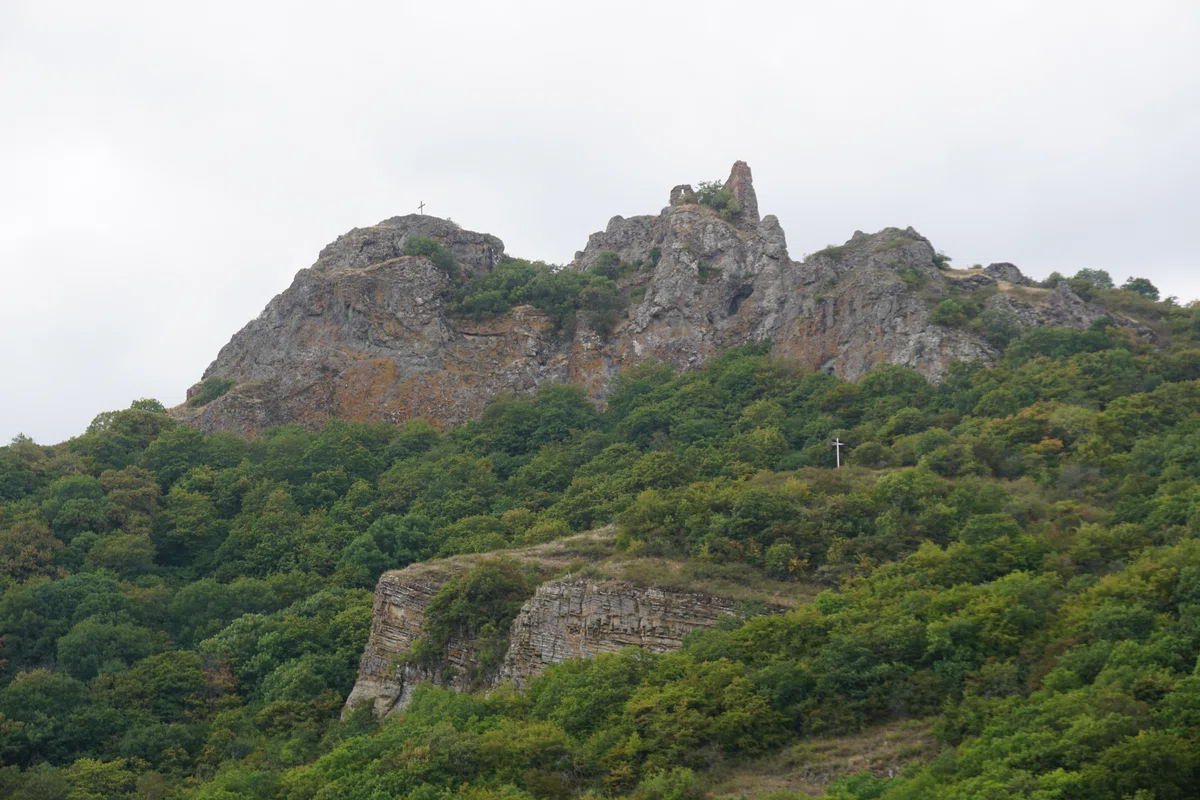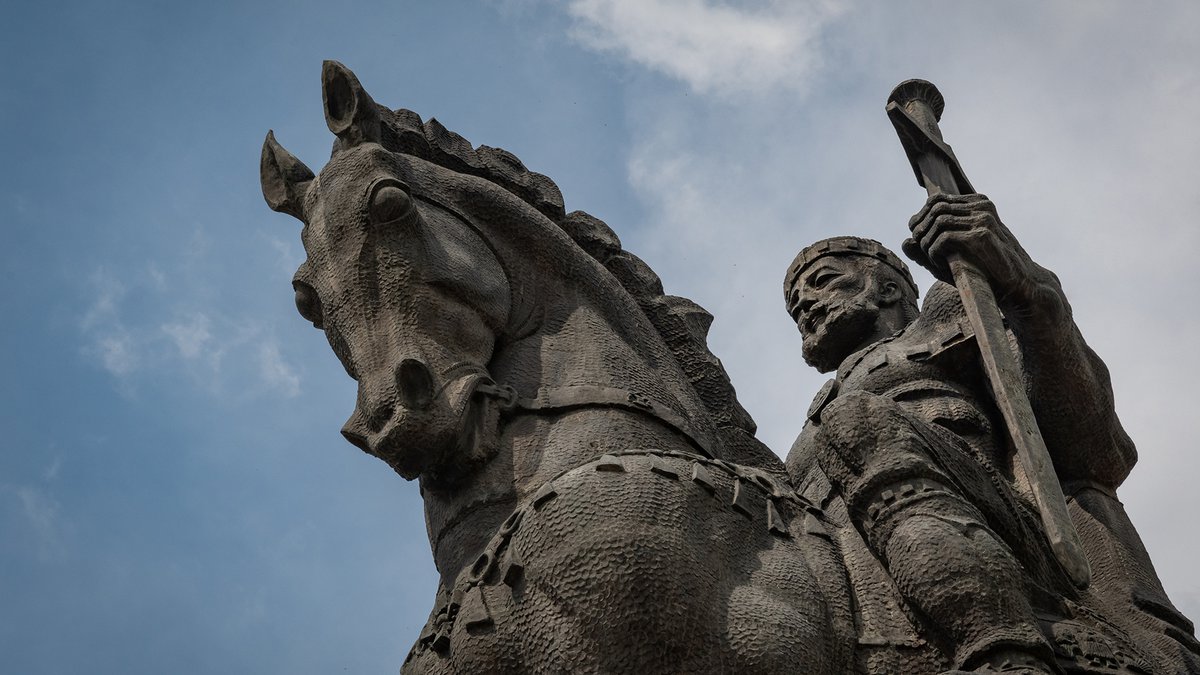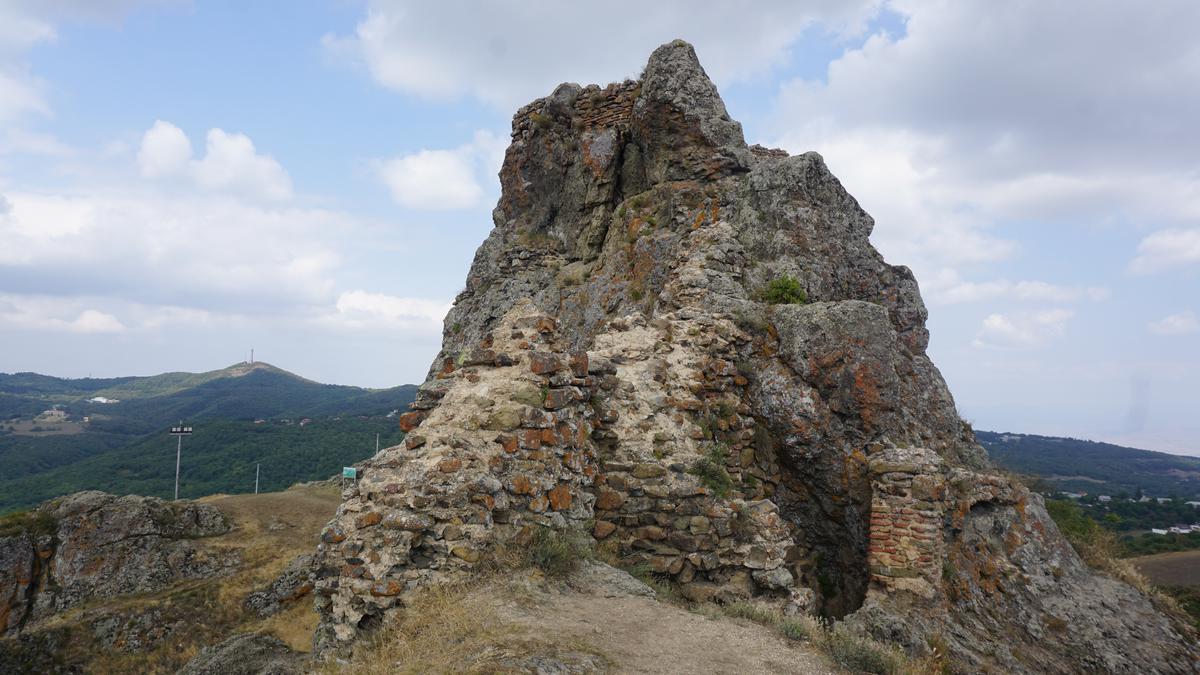
Tourist places of Georgia: Kojori Fortress or Korogly Castle. The history of the fortress and how to get there.
Korogly Castle in Tbilisi, Georgia and its history. Madloba provides comprehensive information about Kojori Fortress and local architecture. In the article we wrote about the location, ancient history and why the original building plan of the castle has not been preserved to this day. The place is simply fascinating for every guest!
Find out how to get to Kojori Fortress⬇️
You have chosen Georgia as your vacation destination. But you don't know what to see in this amazing country? Then this article is for you.
Sights of Georgia diverse: these are historical monuments, cultural monuments, and simply incredibly beautiful places, parks, and areas of nature that fascinate the soul with their pristine appearance. One of such memorable places is the Kojori Fortress, or as it is called otherwise - Korogly Castle.
Location
Korogly Castle is located in Tbilisi, not far from the village Kojori, on Mount Azeula. The castle offers an extraordinary view, the beauty of which cannot be compared with anything. This place is ideal for a quiet, peaceful and family holiday. Here you will be able to relax and relieve tension, take a lot of beautiful photos, get a boost of energy for a long time.
History of the fortress
Kojori Fortress has changed three names during its existence.
Until the 15th century it was called Agarani. Since it was through this settlement that an important trade caravan passed, which led to the construction of the fortress.
Then the castle was called Kor-ogly (the name has been established since the XVII century) or Gurguli in honor of the hero of Iranian myths, a kind of Robin Hood, who killed the khan and then built a shelter for the poor, where he lived with his army, not submitting to any of the rulers.
Due to its location, the fortress was inaccessible to the enemy. In feudal times, it was of great strategic importance for the country. But still, during the time of the “Great Turkey”, the castle was captured by the enemy: in 1118, David the Builder took it in one day, and then in 1123 he presented it to Ivan Orbeli.

In 1177, a conspiracy was organized in the castle, and later King George lifted the siege of the castle and handed it over to the Georgian rulers. Kojori has long been considered a quiet abode of Georgian kings.
In the XIII-XVII centuries, the Kojori fortress ceased to be the summer residence of the tsars, and only in the XVII century, the King of Russia revived this tradition.
In September 1795, during the conquests of Agha Muhammad Khan, Georgian citizens put up tremendous resistance to the Persians on the approaches to the fortress.
There were also battles between Georgia and Russia.
Architecture
The original building plan of the Korogly Castle, built of stone and brick at one time, has not been preserved to our time. The oldest layer of the building's foundation dates back to the second half of the XI century, fragments of the wall of the XVI-XVIII centuries have survived to our time (a fence and two towers: one in the southwest, the other in the northeast). It should be noted that the fortress has undergone numerous restorations.

How to get there
The Kojori Fortress (Korogly Castle) is very easy to reach by public transport, but it should be taken into account that after the stop you will have to walk about 1.5 km to enjoy the beauty of the castle.
If you plan to go to traveling on your own transport, be careful: the last segment is a dirt road.












26 comments
Log in to leave a comment